Top 10 Cloud Collaboration Tools for Teams in 2025

Sorry, there were no results found for “”
Sorry, there were no results found for “”
Sorry, there were no results found for “”
Is your team still storing important files in their email inboxes or hard drives? Local storage siloes your company’s information and makes it difficult to collaborate with your team.
Instead, turn to cloud collaboration to securely store and share your work.
Most likely, you’re storing at least a portion of your sensitive information in some sort of cloud software—whether you realize it or not. Luckily, online collaboration tools are excellent for sharing files and brainstorming new ideas as a group. With a cloud-based tool, you can store everything in a shared and secure platform so your entire team has access to chats, documents, images, and more. ⭐
Of course, not all cloud collaboration tools are first in class. That’s why we’ve done the research for you—to bring the best storage software tools to light.
In this guide, we’ll walk you through the best features to look for in a cloud collaboration tool. We’ll give you a breakdown of the 10 best cloud collaboration tools to enhance teamwork and boost productivity.
Cloud collaboration tools are a type of software that allows your team members to collaborate online, regardless of their device or location. These tools come with real-time collaboration features that make it easy to manage tasks, share files, and communicate in one place. ?
Cloud-based collaboration tools were already on the rise before the pandemic, but that seismic event led to a renaissance in the cloud collab space. With more companies offering hybrid and remote work arrangements, cloud tools are a must for team collaboration and productivity—especially if you manage a remote team.
The best online collaboration software will depend on your project management style and workflow. Even so, we recommend looking for collaboration software with these key features:
Ready to boost accountability, drive productivity, and save a ton of time? Explore our picks for the 10 best online collaboration tools for distributed teams:
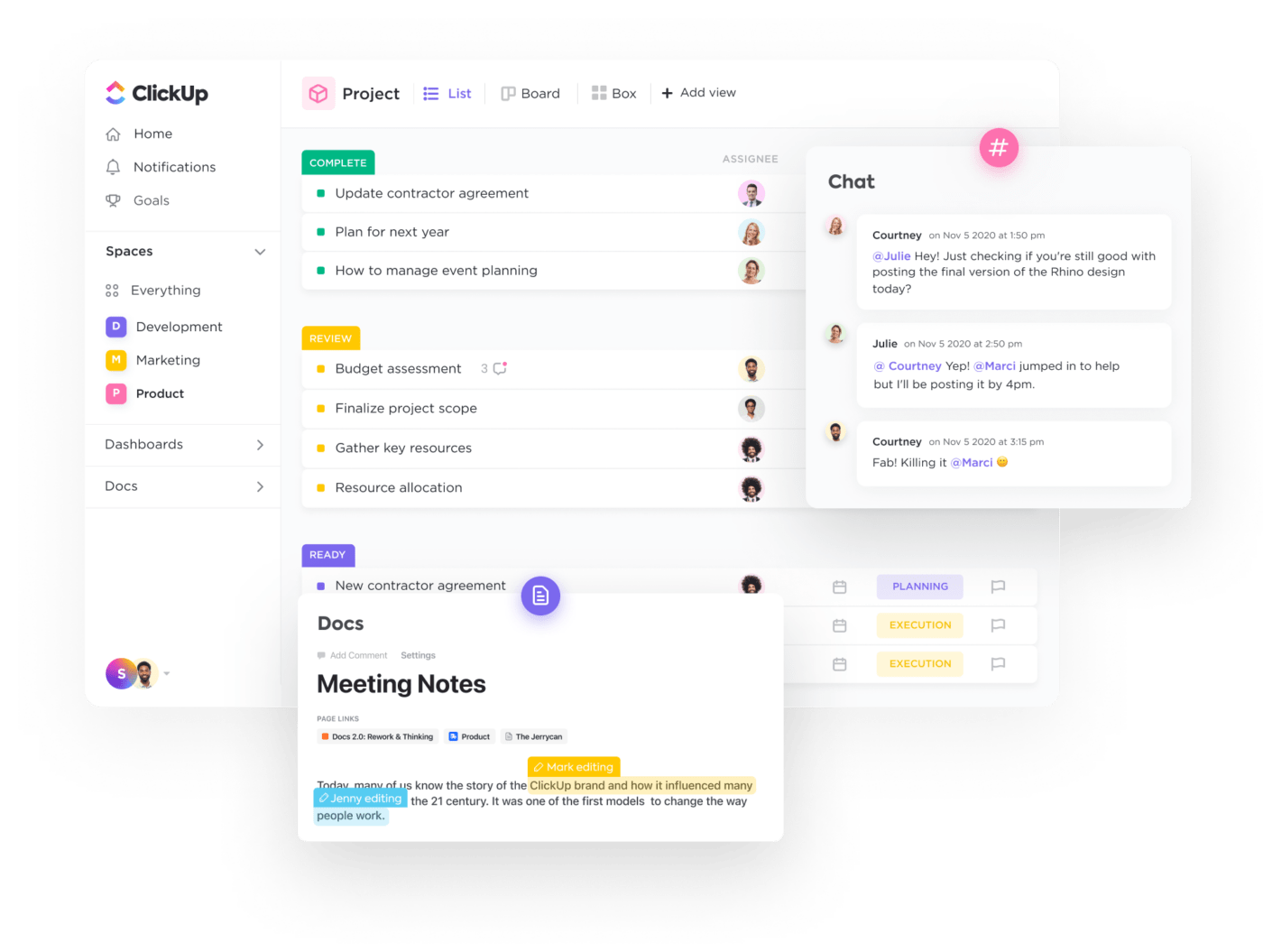
ClickUp is an all-in-one project management and collaboration tool for teams across industries to store, collaborate, and develop their work—all from a single, secure platform. With hundreds of rich work management features, over 1,000 integrations, and a vast Template Library, ClickUp is the ideal resource for project managers prioritizing organization, lean processes, and clear communication.
Collaboration is the foundation of every ClickUp feature. With over 15 different workload views and a dynamic in-app chat feature, teams can exchange information, media, documents, and data with other members in real time. Plus, assigned comments can instantly turn any thought into an action item while grouping every conversation in organized threads within your tasks.

Live collaborative detection in tasks, ClickUp Docs, Whiteboards, and more makes real-time collaboration a breeze too. See which team members are where when editing text or diagrams to quite literally keep your team on the same page. ?
For greater cloud collaboration and file sharing in a highly visual and secure way, try ClickUp Whiteboards ahead of your next big project. This visual collaboration tool is the world’s only digital whiteboard software that converts your team’s big ideas into actionable tasks. Brainstorm together in real-time in a virtual environment—complete with sticky notes, doodles, visuals, and colors to drive home your ideas.
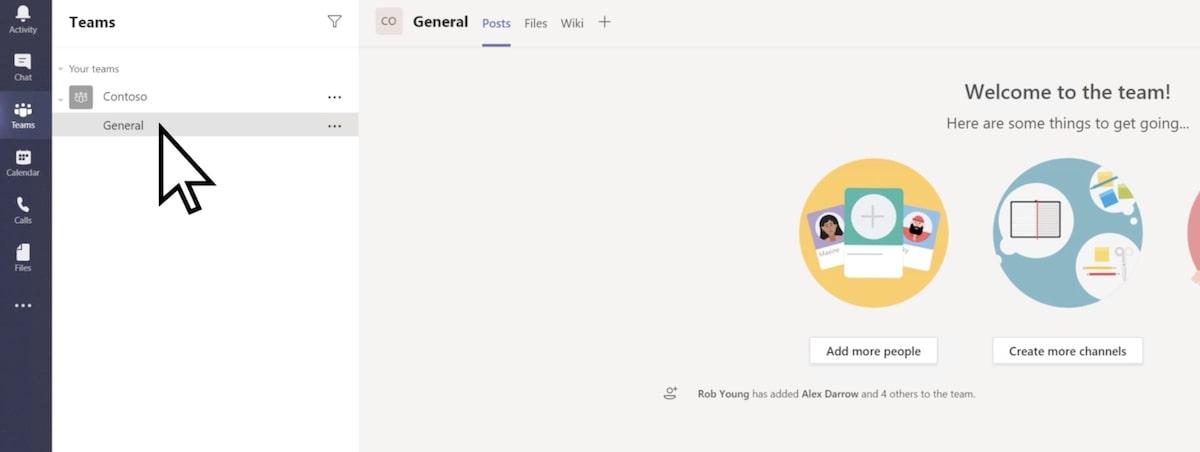
Microsoft 365 is a juiced-up, cloud-based version of Microsoft Office. This is more than just a cloud collaboration software: it’s a complete suite for creating documents, storing files, chatting with your team, and more. Best of all, Business plan users get one terabyte of storage each, plus mobile device versions of Word, Excel, PowerPoint, and Outlook.
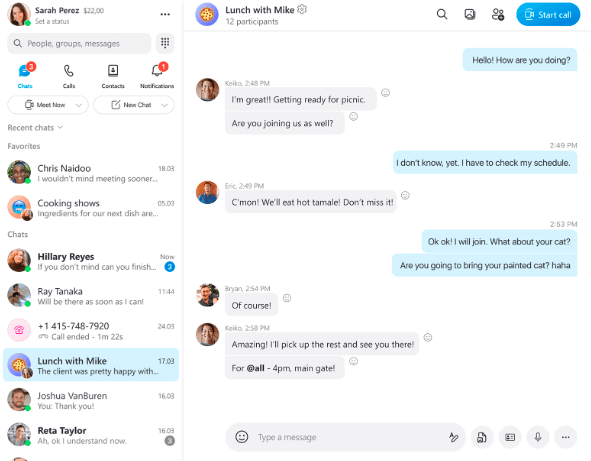
Need to get on the same page as your coworkers? Log into Sync to store files and collaborate on documents with your team in the cloud. ☁️
It’s a relatively new cloud collaboration software, but Sync has great permissions features. You can even invite external partners and clients to use Sync—without worrying about them accessing your internal documents.
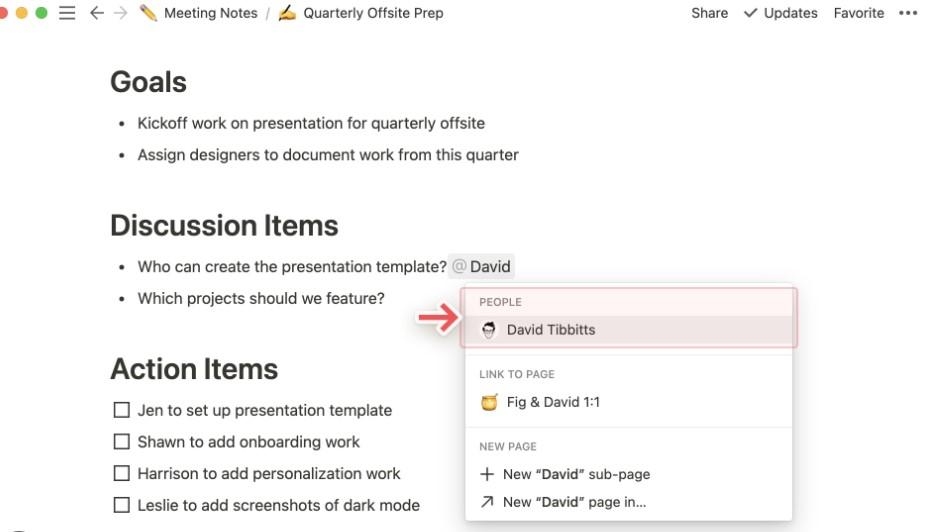
Notion might have started as a note-taking app, but today it’s a solid platform for project development, docs, and even knowledgebase wikis.
Instead of hiding knowledge in your team’s brains or email inboxes, document everything with Notion’s wikis. Docs also allow you to collaborate with your team in real time without leaving the Notion platform.
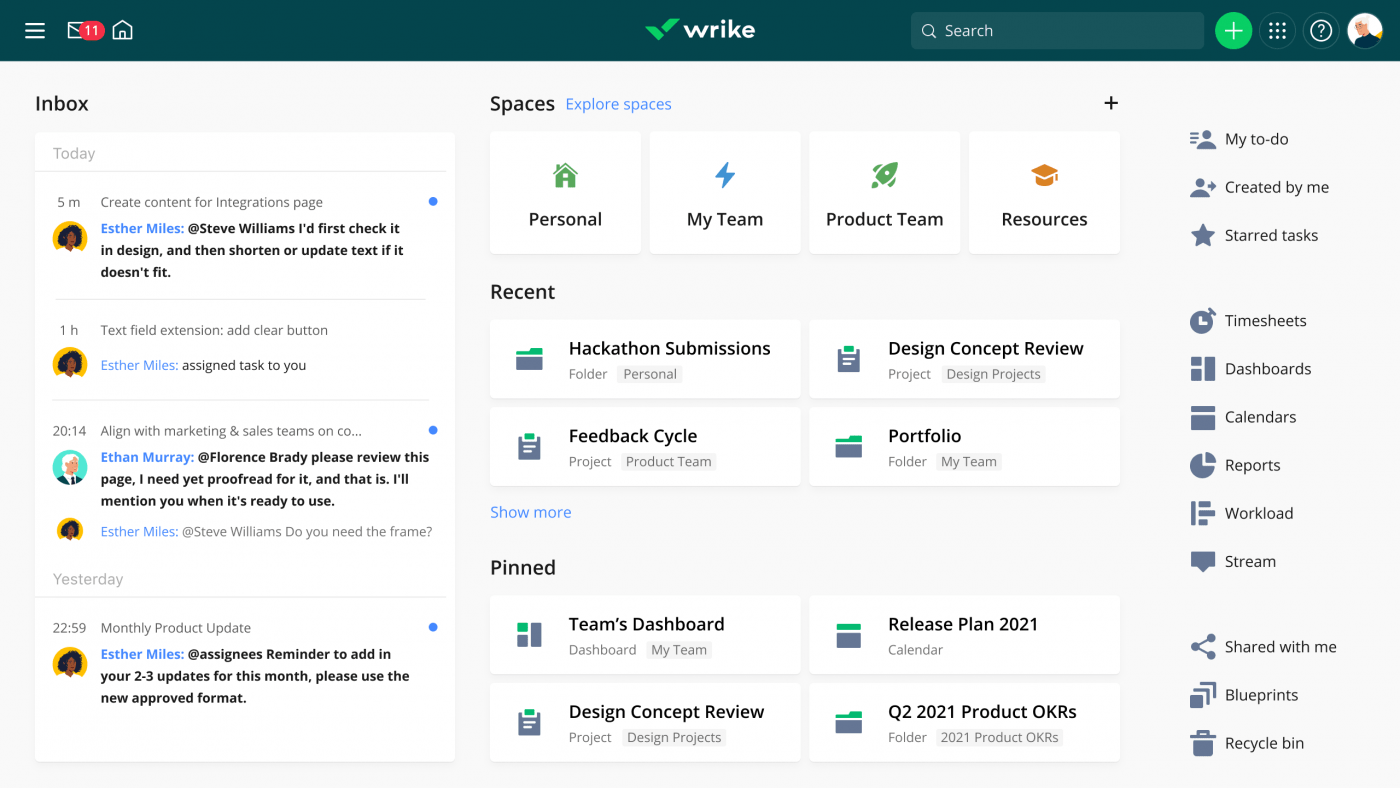
Wrike is a popular tool for cloud collaboration for both enterprises and small businesses. It’s best known for its approval features, so if your team goes through QA/QC workflows, Wrike might be what you’re looking for. View your work on a Kanban board or Gantt chart to get a high-level view of what’s on your team’s plate.
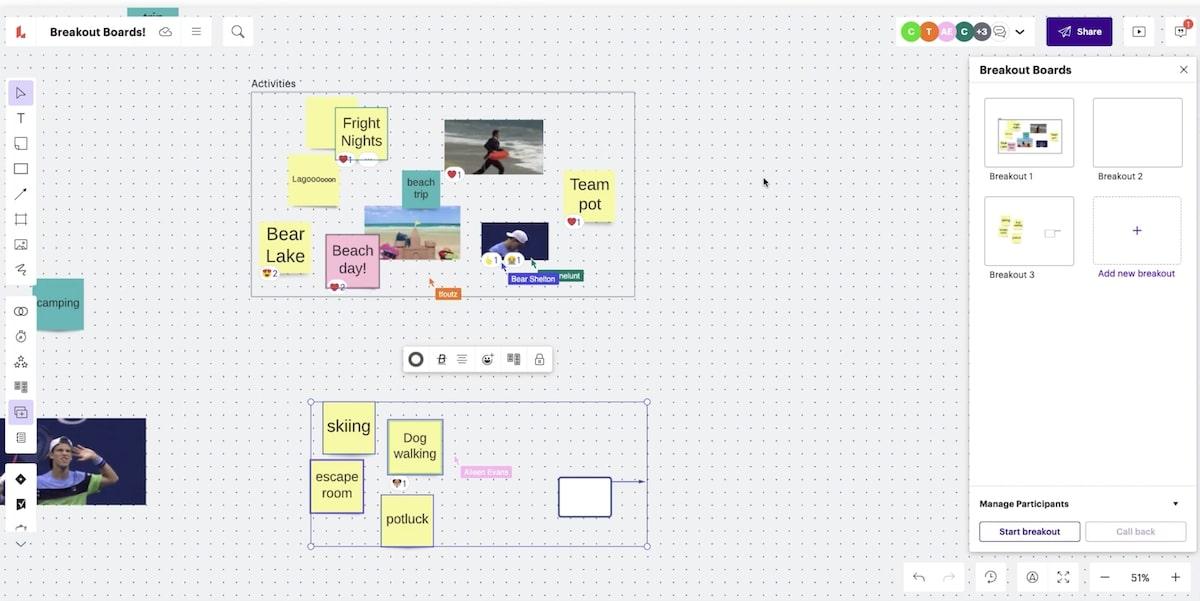
Lucidspark is part of the larger Lucid software ecosystem. It’s primarily a visual cloud collaboration software that you can use as a whiteboard. However, it has a lot of helpful features like chat, tagging, polls, timers, and more. ⏲️
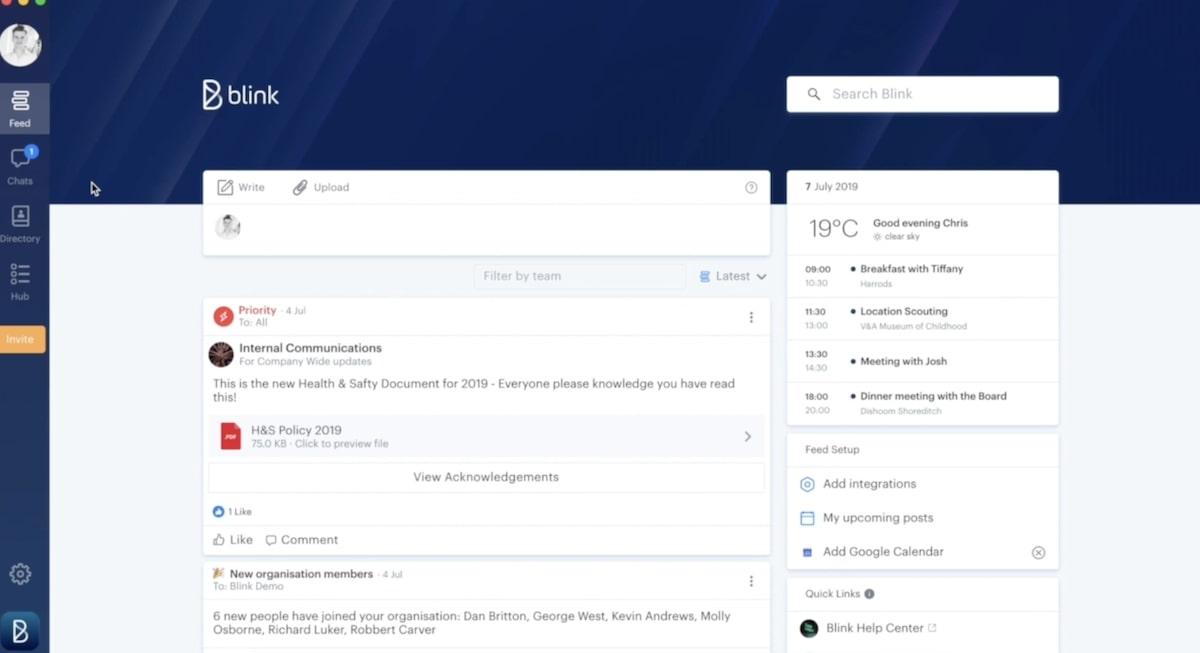
Blink bills itself as a “super-app” that you can use for employee retention, team communication, and analytics. It might be the new kid on the block, but Blink packs in a lot of features, including a Content Hub, Surveys, Digital Forms, and Chat. ?
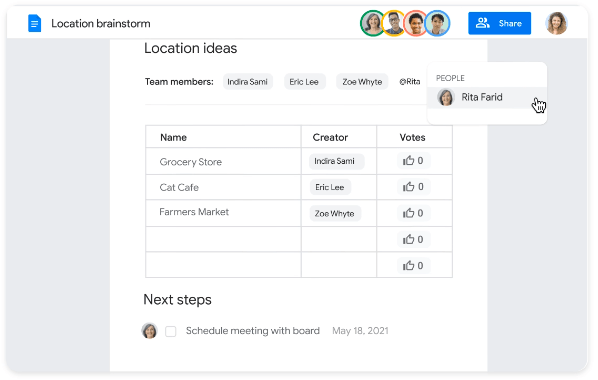
Google Workspace is a juggernaut in the world of productivity. It combines email, cloud storage, calendars, meetings, chats, documents, spreadsheets, and presentations in one place. It works with just about every device and comes with robust offline features too. ?

Dropbox may have started as a simple cloud storage platform, but today it packs a real punch. This cloud collaboration tool comes with products for recording video messages, writing company wikis, and tracking document activity.
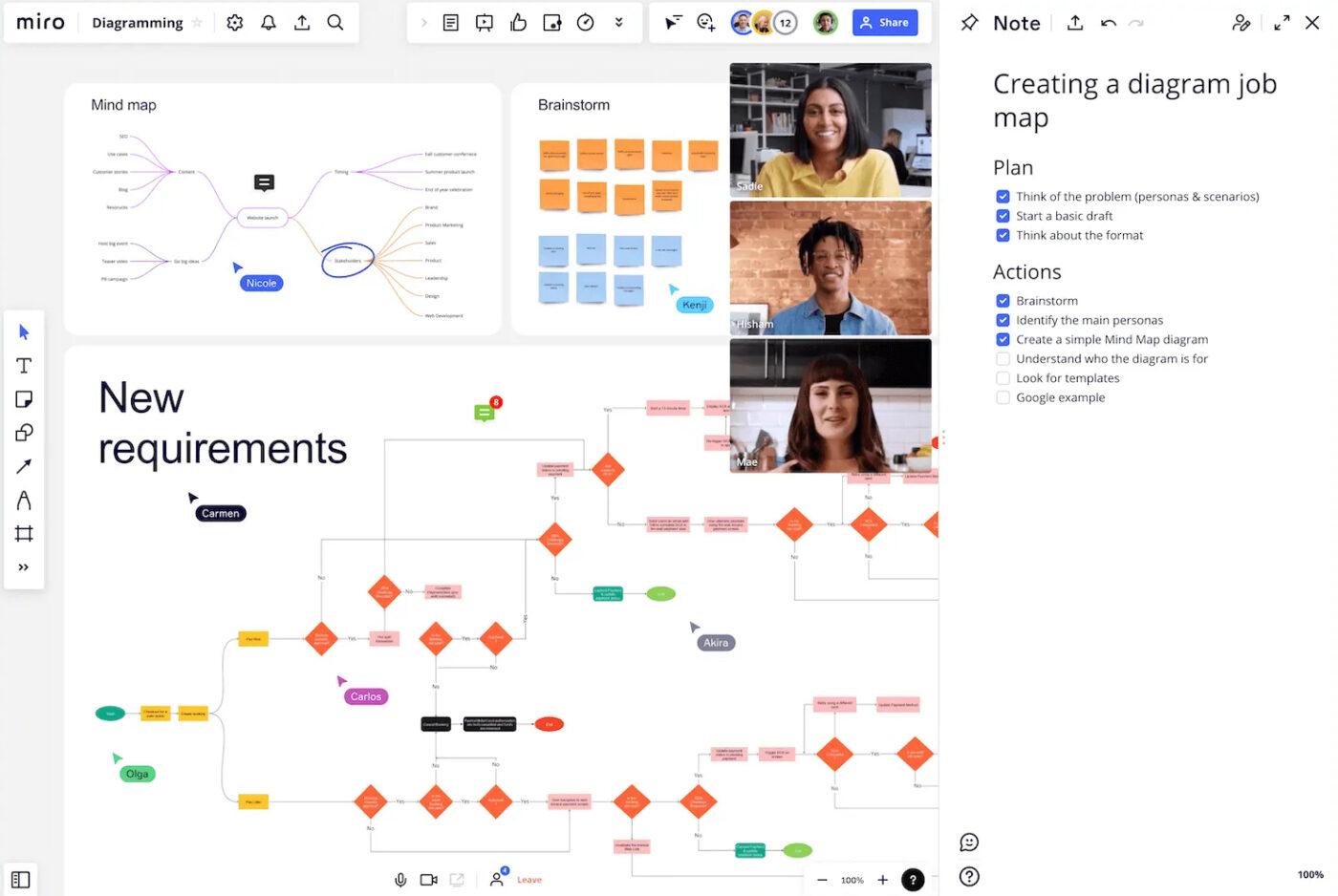
Miro is a visual-first cloud-based collaboration software. It supports virtual whiteboards, but it’s much more than that. This platform includes data visualization, project management, process mapping, workflows, and integrations to streamline your workday. ?
There are plenty of cloud collaboration solutions out there, but why separate your storage service, messages, and project management software? ClickUp has all of that and more in one convenient ecosystem. ✨
From task management to remote brainstorming to analytics, businesses rely on ClickUp to do better work, faster. Boost team collaboration, even if your team is miles apart, with a customizable collaboration app designed for how you do business.
Create your free ClickUp Workspace right now—no credit card required.
© 2025 ClickUp